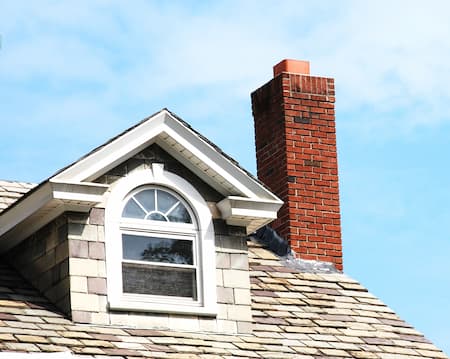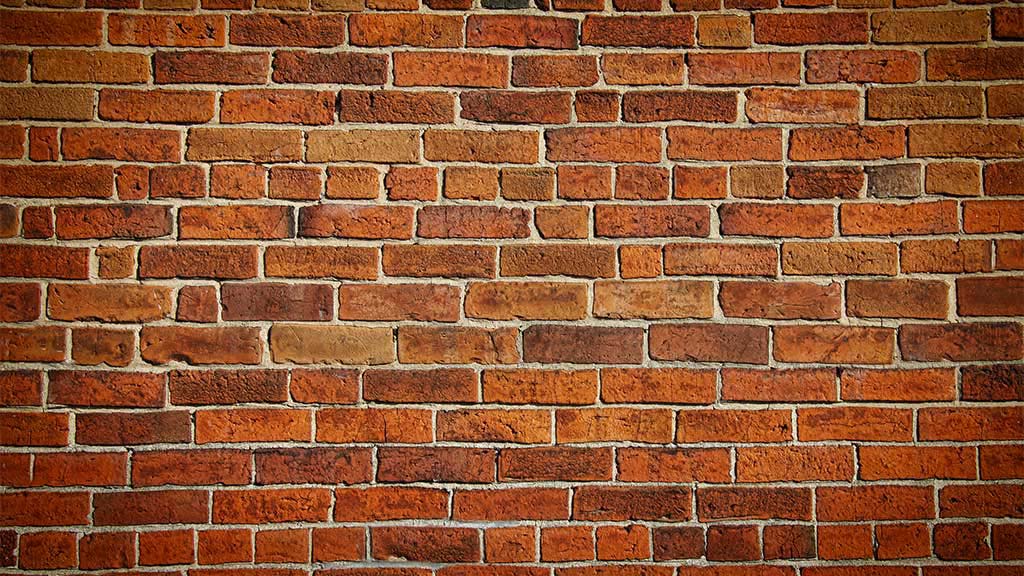Chimney Relining: Everything You Need To Know About Chimney Liners And When They Should Be Replaced

If you enjoy using your fireplace, then it's important to keep it well-maintained for both your safety and the safety of your home or business. Chimney liners are an essential piece of the puzzle, but even the highest quality options don't last forever. It's a good idea to have a professional chimney sweep replace them when it's time in order to help keep your fireplace in perfect working order each and every year.
Why Chimney Liners Are So Important To The Functionality And Safety Of Your Fireplace
Chimney liners serve a very important purpose for your chimney. They can help prevent fires and damage to your home or business, they keep everything safe for proper fireplace usage, and they can also be used to match the correct flue size to a newer fireplace you're looking to have installed. Fire safety is always highly important when using a fireplace or wood stove, and an old or damaged liner can easily create fire hazards. That's why it's essential to have a professional chimney sweep come out to your property and reline them whenever necessary.
Looking to work with the number one chimney sweep in Ridgewood for expert chimney relining at an affordable price? If so, give All County Chimney and Masonry a call today to get started!
When Should I Replace My Chimney Liners?
This is a fantastic question, and the answer will heavily depend on how old your current liner is, if it has taken any damage over the years, and what material the liner itself is made from. There are three primary chimney liner types that are used: metal, clay, and cast-in-place, which is made from a concrete-like material and, like the name suggests, is cast in place.
Here's the average lifespan for each type to give a better idea of when you'll need to schedule your home or business for chimney relining:
- Clay chimney liners can last anywhere from five to fifteen years. Most older homes with a fireplace will have this type of liner since they were very commonly used due to their inexpensive price tag, so it's an excellent idea to have a fireplace inspected before first use if you're buying a new home and aren't sure of the age or condition.
- Metal chimney liners typically last up to twenty-five years. They're usually made from stainless steel and are a popular option for most modern fireplaces. They're more expensive than clay tiles, but are much more durable.
- Cast-in-place liners can last nearly half a century with the proper upkeep and maintenance. Due to the difficulty of the installation process, it's quite an expensive option, but if you're looking for something that doesn't require replacement too often, it's a great choice.

Contact All County Chimney and Masonry for Your Next Chimney Sweep in Ridgewood and Surrounding Areas